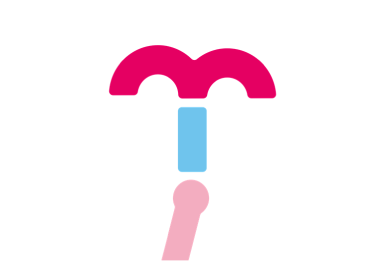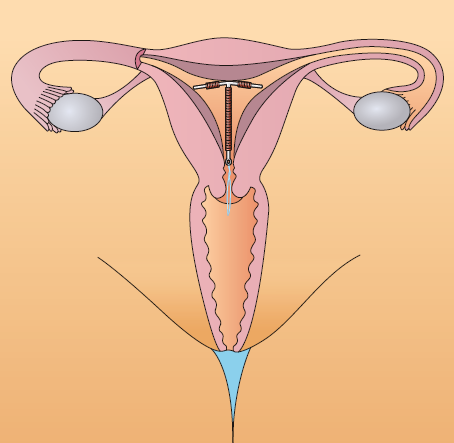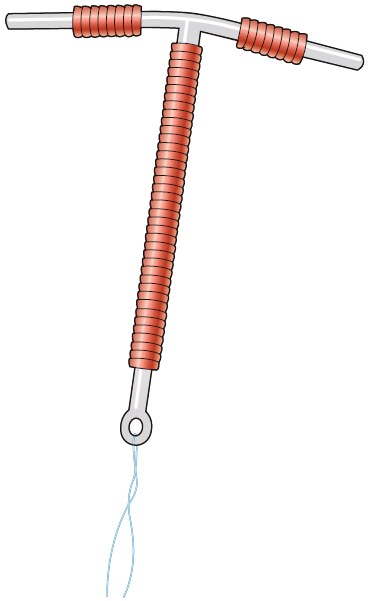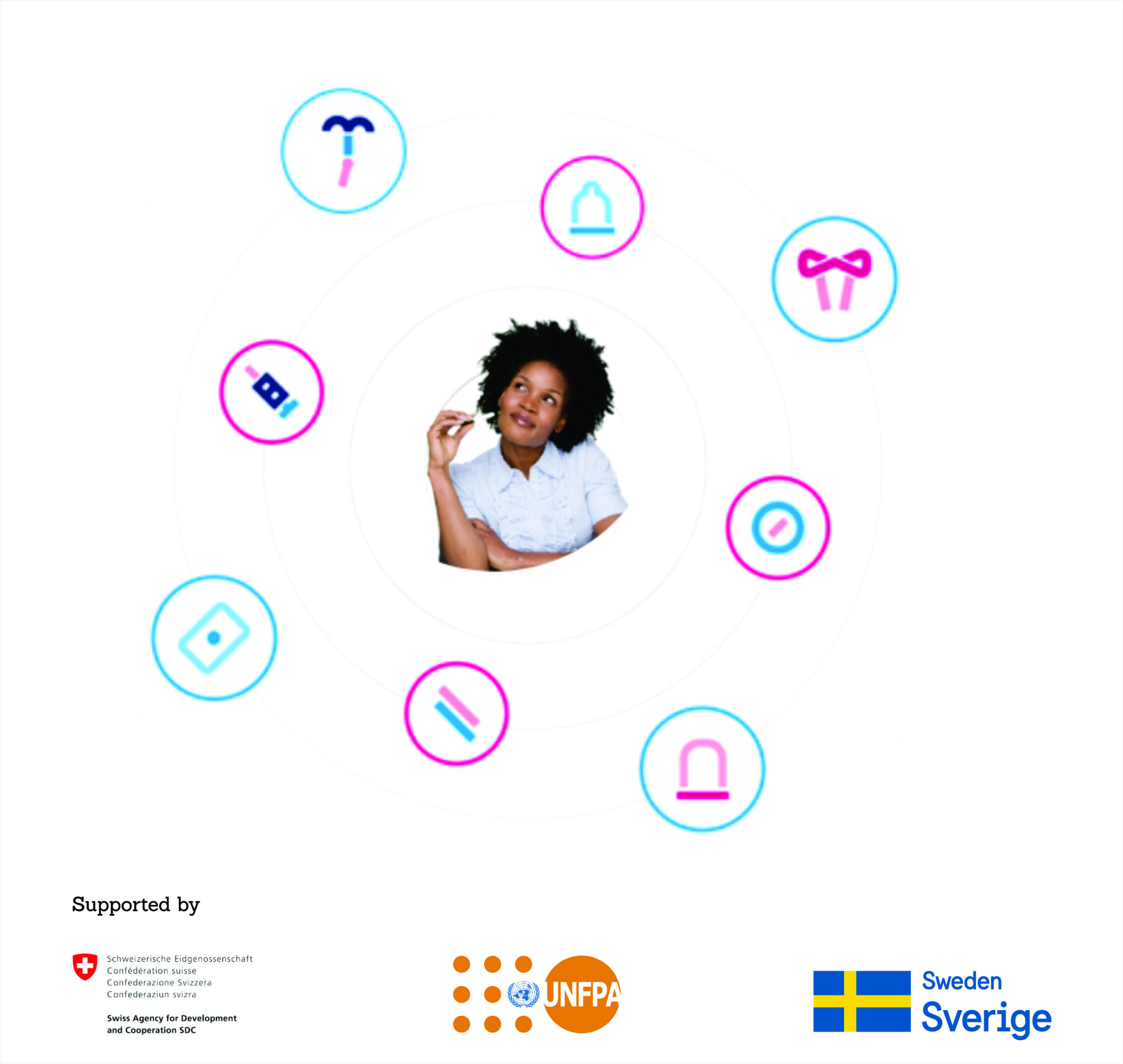Intrauterine device (IUD)
Pregnancy prevention for up to 10 years, remove at any time

An effective long-acting, reversible contraceptive
The IUD is a small, T-shaped device that is placed in a woman’s womb and provides contraceptive protection for up to ten years.
Made from plastic and copper, the IUD is a long-term method of contraception. Long-acting methods of contraception all have the advantage that, once in place, you don’t need to think about them until they need replacing and none of them interrupt sex. They’ve also been shown to be 20 times more effective than short term contraceptive methods such as the pill.

What happens during IUD insertion
Inserting an IUD is a simple procedure that takes a few minutes.
A trained person inserts the IUD. The IUD sits in your womb and does not move from there. There are threads attached to the IUD which hang down into the vagina that assist with removal or if you or your provider want to check on the IUD. Do not pull on the threads as this is how the device is removed.
Before the provider inserts the IUD, they will ask you some questions about your health and examine you to make sure that this is the right method for you. They will also make sure that you have consented to having it inserted. The provider will use a very narrow tube to insert the IUD into your uterus through your cervix. Some women may find this a little painful, and you can ask for some pain relief before the insertion to help with this.
Following IUD insertion
After the IUD has been inserted, you may notice that your period lasts longer, is heavier, or is more painful than before; this will normally settle down in a few months.
You should also be able to feel the two threads at the end of the IUD in your vagina. You should come back to visit your provider or call one of our contact centres at any time if you are worried that there is a problem with your IUD, or if you can no longer feel the threads. If you feel unwell and have pain in your lower belly, with a fever or a smelly discharge from your vagina, you should call a contact centre straight away.
You can have the IUD inserted at any time as long as you are not already pregnant. Once the IUD is inserted, you can start having sex again right away. The IUD does not protect you from HIV and other sexually transmitted infections, so you may need to use condoms as well.

Call us toll-free for a confidential talk on
If you’re starting to use contraception for the first time, or thinking about using a new method, it’s a good idea to have a full consultation
0800 753 333 or WhatsApp us on 0767160068
Find our locations that offer contraception and family planning services
IUD aftercare advice
If you have an IUD fitted, it will work straight away. When your IUD is fitted, you should plan a follow-up appointment after 6 weeks to have your IUD checked.
Once a month, after your period, gently insert a finger into your vagina during a bath or shower. The neck of your womb (cervix) feels a bit like the end of your nose, and you should be able to feel the threads of your IUD. If you can’t, please contact us or your doctor, and use condoms or abstain from sex until the presence of the IUD is confirmed.
Your partner should not be able to feel the threads during sex. If this happens, seek advice as above, as your threads might be too long.
Please contact us at any time if you have any aftercare concerns, or find out more if you’re looking to learn about removing an IUD.
Find your best fit
If you’re unsure what method is best for you, take our online contraception quiz.

Frequently asked questions about IUDs
All types of IUD can offer advantages as a long-acting, reversible method of contraception.
-Easily inserted by a trained Marie Stopes provider
-Easy to use – nothing to remember after insertion
-Can be easily removed
-Works as soon as it’s put in
-Lasts up to 10 years
-Fertility returns immediately after it’s removed
-It does not interrupt sex.
These benefits come from the correct use of the IUD when inserted by a trained provider. If using an IUD you should also make sure to follow any product manufacturer instructions.
There are a few things to consider when choosing a non-hormonal IUD over other contraception methods:
– The most common side effect of IUD is heavier, more uncomfortable or prolonged periods
– The IUD may cause a slight increase in vaginal discharge but it does not cause a rise in infections as long as it is put in properly by a trained person
– In very rare cases a woman’s body might reject the IUD and push it out
– Unlike condoms, the IUD does not protect you from sexually transmitted infections.
Find a suitable method for you
If you are starting to use contraception for the first time, or looking to change methods, it is a good idea to have a consultation.










